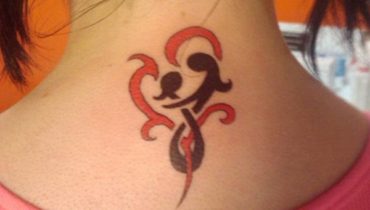If there is a trend that has taken off in the last five years in body modification, the watercolor tattoo would be it. This is a style of tattooing named after its mimicry of the freeform and diaphanous quality of the actual painting method. Watercolor tattoos thus stand out against most other tattoo styles, which tend to boast strong, dark lines. Attractive as they are, though, they have also received some criticism: some claim they cannot hold up as well as other tattoos over time, others that the term is far too often used by tattooists inexperienced in the style. Whatever the case, you should learn more about watercolor tattooing before you make up your own mind about getting or not getting one.




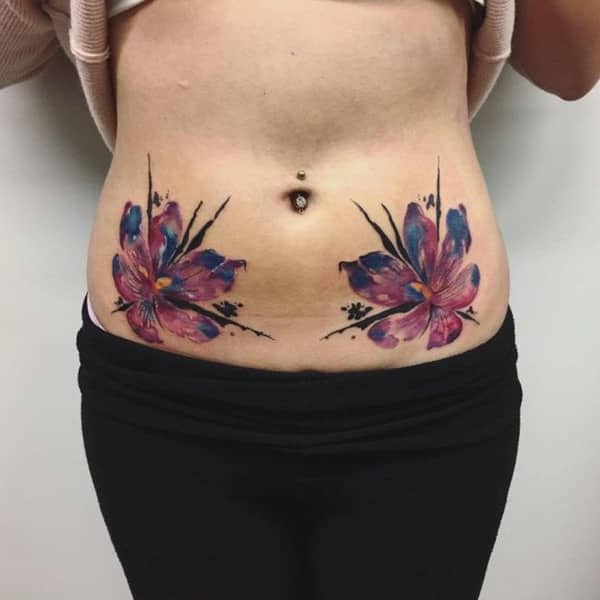

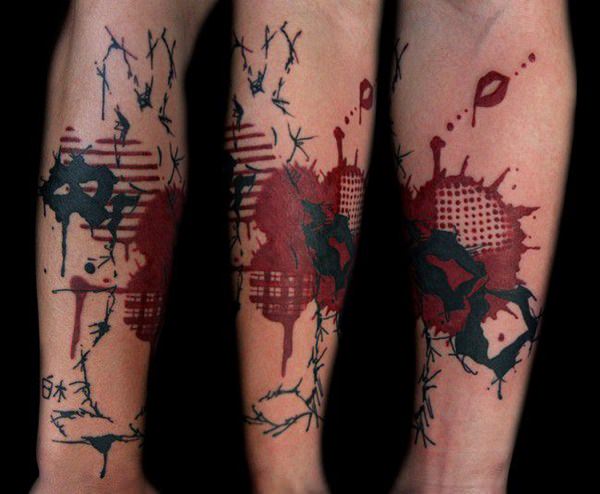




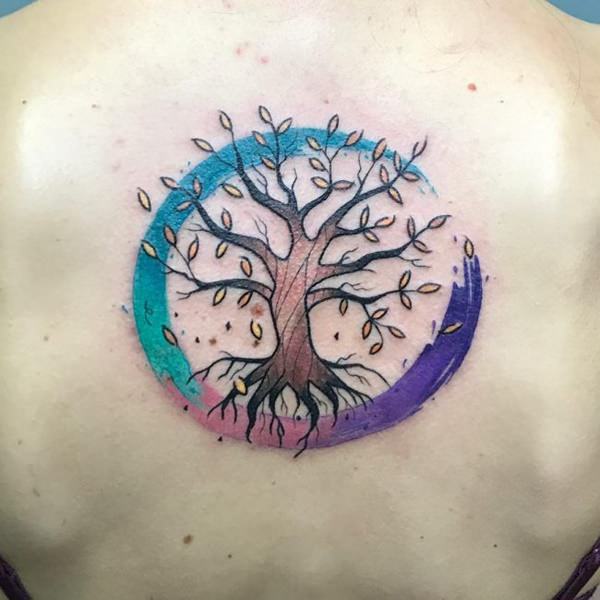













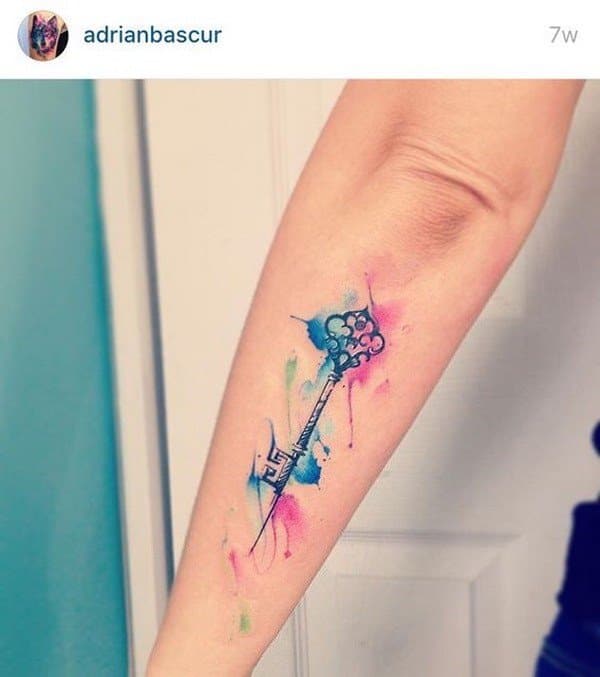
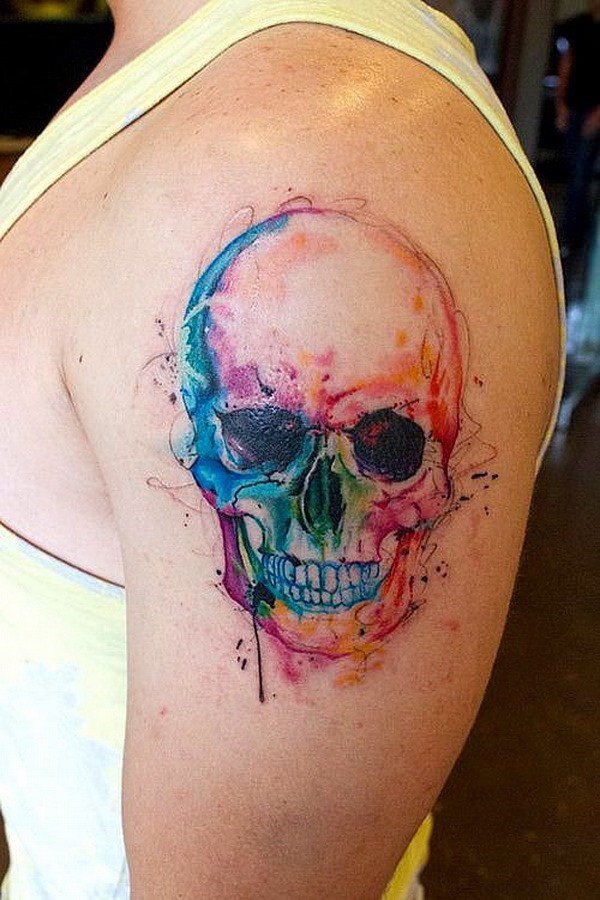












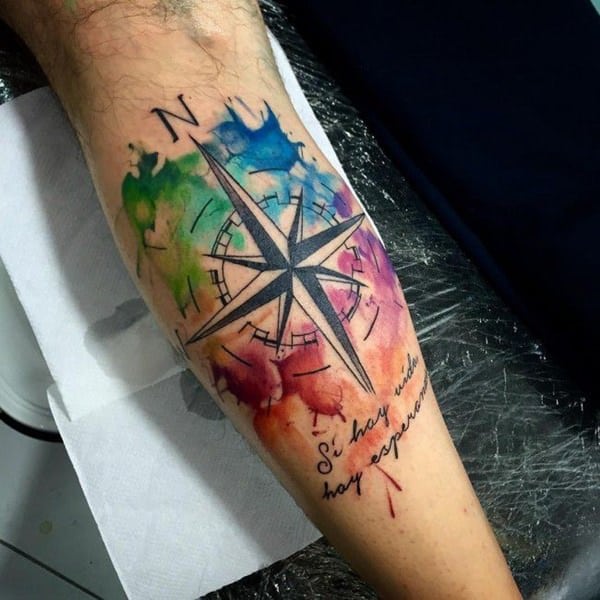
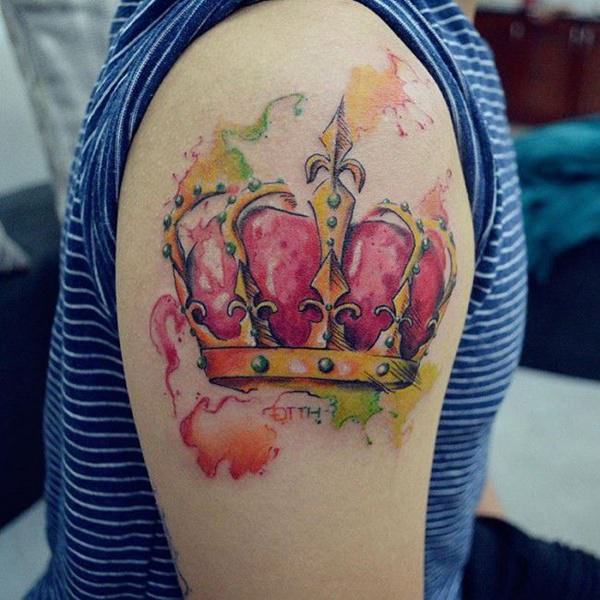

Types of Watercolor Tattoos
Contents
Even with the watercolor tattooing world, there are more than enough styles to make precise classification a challenge. That said, we can perhaps try to narrow it down to two types based on a single distinction: whether they use a black base or not.
Watercolor Tattoos without a Black Base
The watercolor tattoo without a black base is usually utterly devoid of dark linework (which is not to say that another color cannot be used to replace black for its linework instead). The absence of black in these pieces lends them an especially watercolor-like look. The colors can seem to almost melt into the skin and fade into it at the edges—if edges can be found at all, that is. These types of watercolor tattoos often boast filmy shading that makes their edges nearly impossible to distinguish.
Good examples of this sort of watercolor tattooing generally rely on color vibrancy for most of their appeal. Some of the most eye-catching boast such a combination of colors that it may be difficult to believe them tattoos as opposed to body paint, even.
Watercolor Tattoos with a Black Base
The other type of watercolor tattoo is the one that has a black base. By this we mean that some element of linework or foundational shadow is laid for it. Colors are heaped on top of it afterwards, of course, or used to fill in the spaces in between the lines. What matters is that there is something that might be called a black skeleton or outline underneath.
Does the inclusion of such a base matter? In many ways, yes. Tattoos using this style will often exhibit even higher contrast effects than the ones without a black base, thanks to the difference between the bold black elements and the sheer color ones. Most tattooists also feel that these tattoos tend to age a little better, given that their black foundations do not fade as quickly as their color elements.
There are actually at least two main ways of using black as a part of watercolor tattoos this way. While most people can do the outline version quite simply, not everyone actually has the skill or experience to do the other method, which is to incorporate black naturally into the tattoo’s colors and shades.




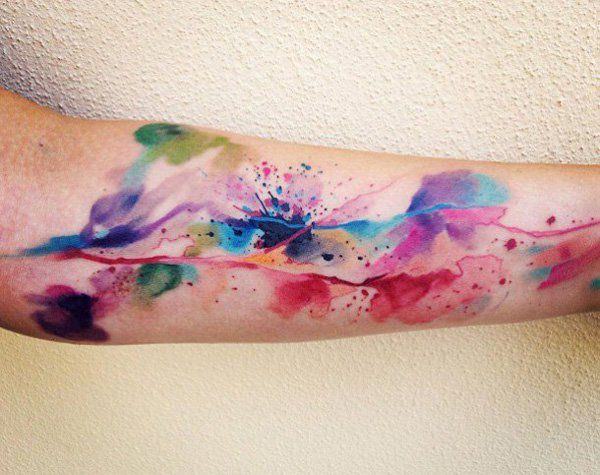







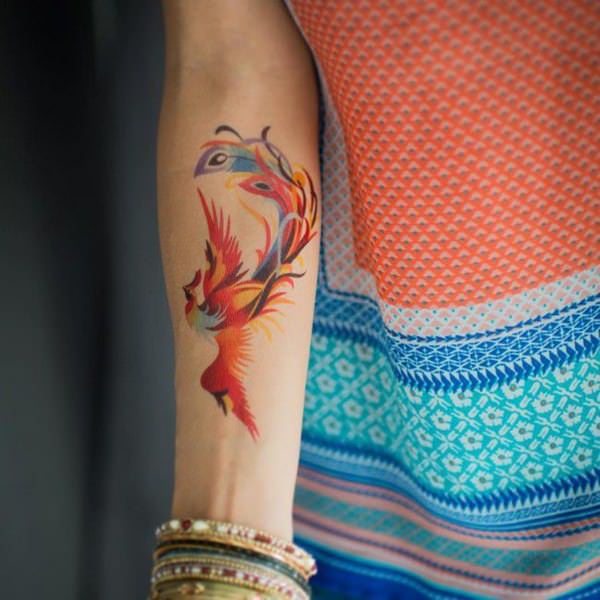















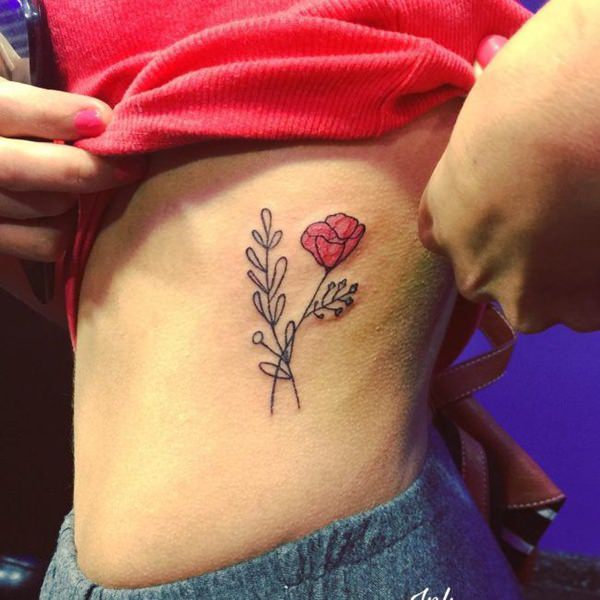






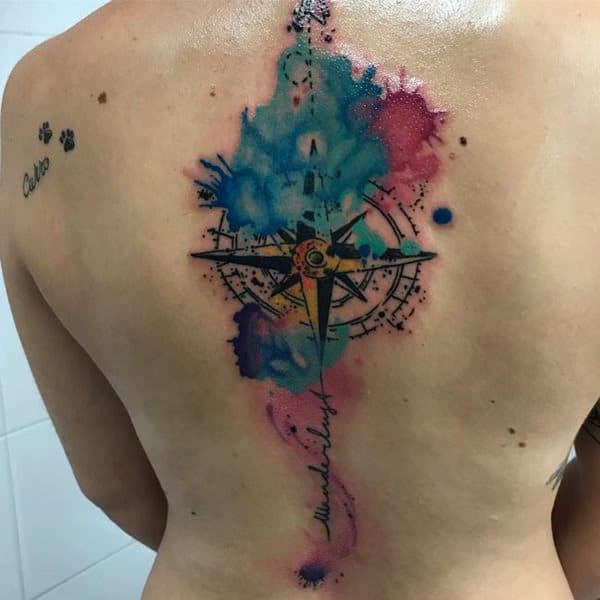






Meaning of the Watercolor Tattoo
Watercolor tattoos can depict just about any image or symbol, so their meanings are varied. Some of the most common watercolor tattoos are those depicting colorful birds and insects, though. The watercolor style shows the hues on these to full advantage.
Butterflies are particularly popular, and so butterfly watercolor tattoos representing life, hope, metamorphosis, and rebirth are all seen often. Another specific butterfly tattoo that you will see often in the watercolor style is the one where a semicolon has been integrated into the image: these tattoos represent support and hope for suicide survivors.
Abstract art is very common in watercolor tattooing. Swathes and spatters of color are deployed in fetching configurations to capture a feeling, thought, or even opinion. Some watercolor tattooists rely on the color choices themselves to convey most of the idea: abstract watercolor tattoos featuring a rainbow of ink spatters can be used to show support for LGBT rights, for instance.
Also See:
Ideal Placement of a Watercolor Tattoo
Where you place your watercolor tattoo depends on where you can afford to place it. Some people have restrictions on body art because of their social or professional circumstances. For them, tattoos can only be on areas they can cover up easily whenever required. Most people of this type end up getting tattoos on the torso, around the hip area, or on their legs.
When you do choose where to get yours, keep this in mind: watercolor tattoos, especially those without strong black foundations, will fade a little faster than other tattoos. The translucent color usage, the shading style, and the overall look of the work means that it can age quite quickly if you do not care for it.
That means keeping it protected from the sun as much as possible (since sunlight fades tattoo ink) and getting touch-ups for it whenever necessary. As such, you may want to select a place for your tattoo that makes it easy to cover whenever you are out in broad daylight.
Another thing to remember about the watercolor tattoo is that it tends to look best on lighter skin, like many other color tattoos. This is because the translucent nature of tattoo ink becomes even clearer than usual in this tattooing style. Again, this is why it pays to choose a covered or un-tanned area for your tattoo.

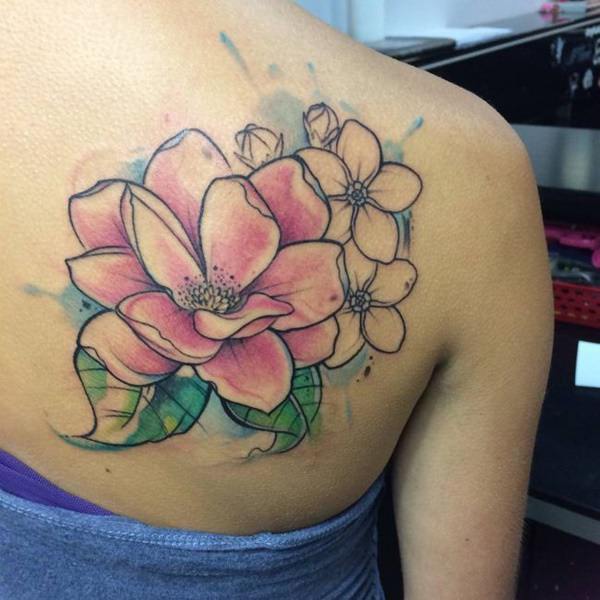
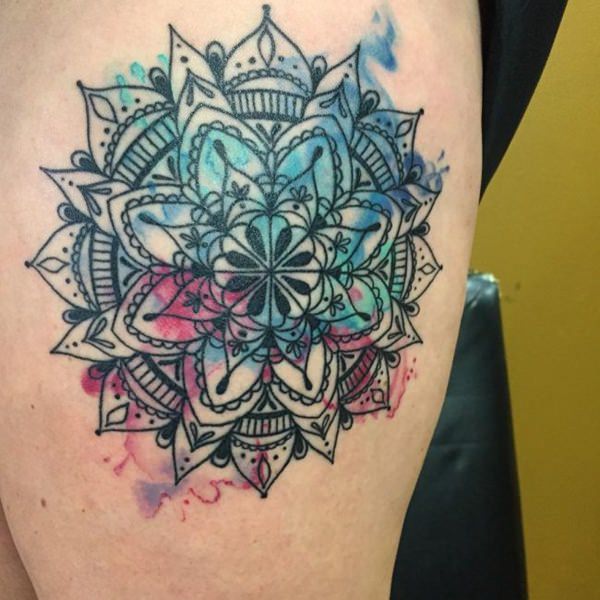









Preparation Tips for a Watercolor Tattoo
When it comes time to get your watercolor tattoo, you can follow this checklist to ensure your preparation:
- Eat a proper meal before you go, whether it is breakfast, lunch or dinner. Your body will thank you for the fuel as soon as the tattooing begins, as it will need the energy to heal the tattoo.
- Wear clothes that you need not struggle into or out of. If your tattoo is to be on a place like your back, for instance, having something you can take off or pull up easily will make you much more comfortable.
- Is your tattooing session likely to be a long one? Your artist can tell you if it is, so you may want to bring along something to pass the time if that is the case. A good book can keep you occupied for quite a while, although you can always go with some songs on your music player instead.
- You may want to get everything for the aftercare ready before you even get tattooed. Some tattoo artists give you a care package with things for this after your session. Others expect you to get the materials yourself. Ask your tattoo artist what you should purchase, like antibacterial ointments or gauze.


Average Service Cost & Standard Prices for Getting a Watercolor Tattoo
Watercolor tattoo prices differ based on the design and size involved, naturally. If you have a teeny-tiny one in mind with just 2 or 3 colors, you can probably get away with paying only $50 or $60. Get one of the more complex tattoos with multiple colors and shading effects, though, and you will definitely be paying something upwards of several hundred dollars.
Keep in mind that not all tattoo artists really can do watercolor tattoos. Many say they can—and perhaps they are right, but they can only do it badly. Watercolor tattooing requires a certain touch and artistic style.
As such, demand that the tattooist provide you with examples of his watercolor tattoo work before hiring him. The better artists will charge you a lot for their work—a piece about four or so inches wide can cost as much as $400, depending on the design—but at least you shall be getting true quality for your buck.
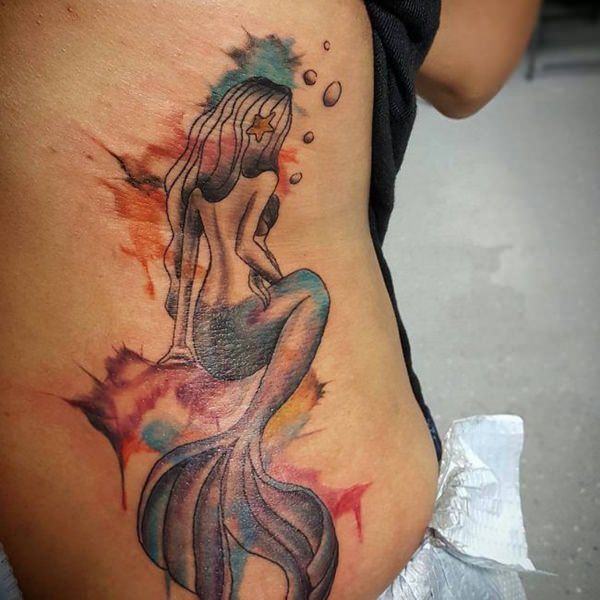

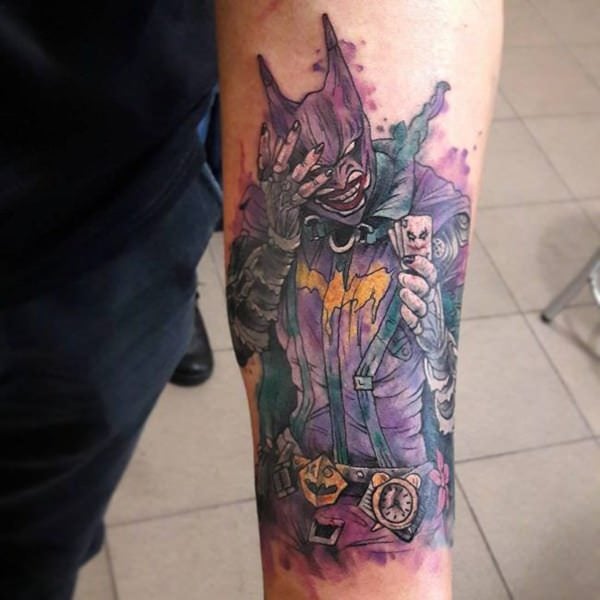






Maintenance Tips After Getting a Watercolor Tattoo
As mentioned earlier, maintaining a watercolor tattoo is largely about keeping it safe from the sun’s fading effects. Covering it with clothes is one way to do it, but you can also just as easily stay in the shade entirely.
Be aware that light bounces, however. Even if you are sitting under an umbrella in the beach, as long as your tattoo is exposed, it is technically still being reached by the sun, albeit rather less more powerfully than if you had been sunning it on purpose.
A better idea is perhaps to keep a bottle of sunscreen on hand if you live in a sunny area. Place some on the tattoo as often as you can once it has healed and you know you are going outdoors. That should delay fading quite a bit.
If you can follow the steps above to keep your watercolor tattoo pristine for as long as possible, there is no reason your tattoo should not age as well as any others you have. There are some 4-year-old watercolor tattoos today that still look quite good with barely a touch-up. Since the style is still so new, though, we do not really have enough older tattoos to get a definite answer on how long they last. In short, the debate on watercolor tattoo longevity continues, even if the one on their appeal does not. What about you? Do you think they have the potential to age well? Let us know in your comments and join the conversation!















